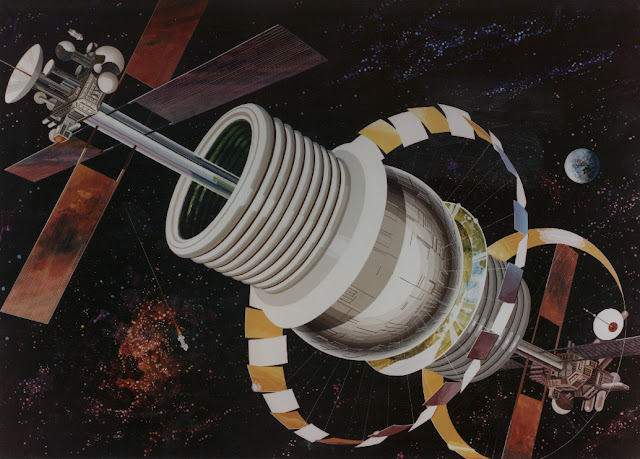The Artdog Quote of the Week
I don't know about you, but I rarely think of education as a weapon. My general concept of education has always been that it is more of a path through a tool shop, although I suppose some of those tools could be considered sharp-edged weapons . . . especially those in the Critical Thinking Department.
And yet two of my earlier Quotes of the Week this month have looked at education as a way to fight poverty and terrorism, both of which are well worth trying to combat.
I think this "education is a weapon" concept is why folks at the more authoritarian end of the political spectrum so often seek to subvert, control, or de-fund universal education. They may come out openly against it (as does the Taliban).
Others may give lip service to the importance of education, but follow a more hyper-individualist and/or fundamental religious philosophy that can produce varying degrees of destruction as a side-effect (as do the extreme tax cuts in Kansas that were supposed to "free" businesses to create jobs but didn't, or the push to use public education money for vouchers to fund parochial schools).
However we think of education, we must always remember that it is a powerful force, a sharp-bladed tool. It can improve lives all over our country and our planet--or it can be subverted in ways that stunt and warp and destroy. As thinking adults, we must keep our wits, look at outcomes, and make our choices about education as wisely as we can, lest that weapon fall into the wrong hands.
IMAGE: Many thanks to "Basic Knowledge 101" for this quote image.
I don't know about you, but I rarely think of education as a weapon. My general concept of education has always been that it is more of a path through a tool shop, although I suppose some of those tools could be considered sharp-edged weapons . . . especially those in the Critical Thinking Department.
And yet two of my earlier Quotes of the Week this month have looked at education as a way to fight poverty and terrorism, both of which are well worth trying to combat.
I think this "education is a weapon" concept is why folks at the more authoritarian end of the political spectrum so often seek to subvert, control, or de-fund universal education. They may come out openly against it (as does the Taliban).
Others may give lip service to the importance of education, but follow a more hyper-individualist and/or fundamental religious philosophy that can produce varying degrees of destruction as a side-effect (as do the extreme tax cuts in Kansas that were supposed to "free" businesses to create jobs but didn't, or the push to use public education money for vouchers to fund parochial schools).
However we think of education, we must always remember that it is a powerful force, a sharp-bladed tool. It can improve lives all over our country and our planet--or it can be subverted in ways that stunt and warp and destroy. As thinking adults, we must keep our wits, look at outcomes, and make our choices about education as wisely as we can, lest that weapon fall into the wrong hands.
IMAGE: Many thanks to "Basic Knowledge 101" for this quote image.




































